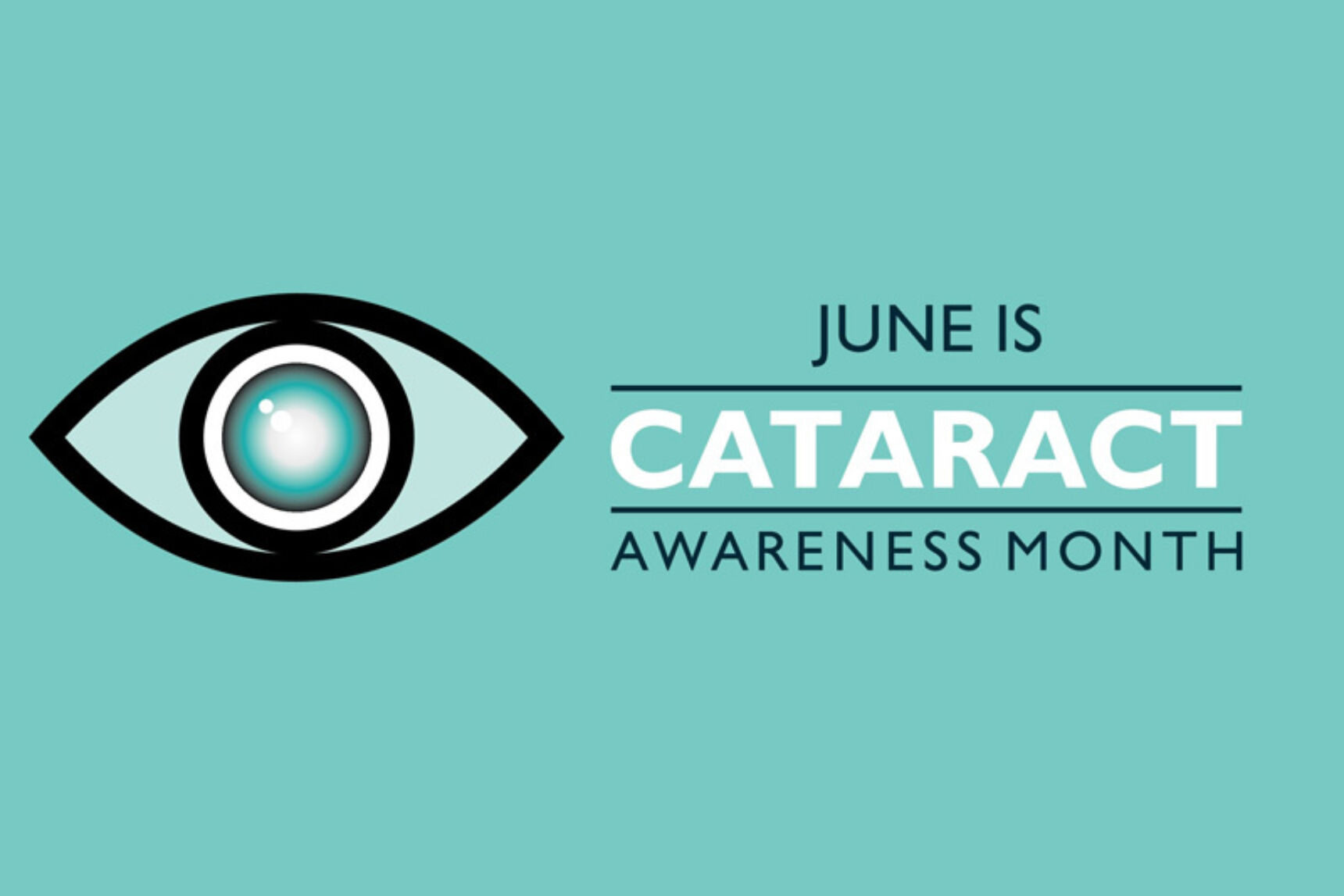June is Cataract Awareness Month

Cataract surgery has become the most prevalent surgery performed in Ambulatory Surgery Centers, with about 4 million procedures performed per year. One in four Americans will develop cataracts in their lifetime. Cataract surgery is a safe and effective procedure that provides enhancements to your eye health and protects your vision. Patients receive greater clarity in their vision which improves their quality of life. Improving ones sight also increases independence, lessens your fall risks and related injuries, and also improves self-confidence. Bend Surgery Center is proud to support June as Cataract Awareness Month and be a part of enhancing our patients lives.
More than half of all Americans age 80 or older either have cataracts or have had surgery to remove cataracts, according to the National Eye Institute (NEI). The Centers for Disease Control and Prevention (CDC) states that cataract is the leading cause of vision loss in the United States, and the leading cause of blindness worldwide. Prevent Blindness has declared June as Cataract Awareness Month to educate the public on risk factors, symptoms, types of cataract, and cataract surgery.
A cataract is a clouding of the eye’s lens which blocks or changes the passage of light into the eye. The lens of the eye is located behind the pupil and the colored iris and is normally transparent. The lens helps to focus images onto the retina – which transmits the images to the brain.
There are several possible risk factors for cataracts, such as:
- Age
- Intense heat or long-term exposure to UV rays from the sun
- Certain diseases, such as diabetes
- Inflammation in the eye
- Hereditary influences
- Events before birth, such as German measles in the mother
- Long-term steroid use
- Eye injuries
- Eye diseases
- Smoking
Although rare, cataract may also occur in children, also known as “pediatric cataract.” Prevent Blindness has declared 2022 as the Year of Children’s Vision, to raise awareness and education of children’s vision and eye health issues. According to the American Association for Pediatric Ophthalmology and Strabismus (AAPOS), approximately three out of 10,000 children have a cataract. Pediatric cataracts often occur because of abnormal lens development during pregnancy. Cataracts can result from genetic or eye structural problems, they can run in families, be caused by infections, or they can occur spontaneously without a known cause. Lens malformations that occur in conjunction with medical problems are often the result of a genetic or metabolic problem. These cataracts may be present at birth or may develop during childhood.
For some adults or children with cataract, surgery may be recommended by an eye doctor. The NEI states that cataract surgery is one of the most common operations in the United States. And, 9 out of 10 people who get cataract surgery can see better afterwards with most people being completely healed 8 weeks after their surgery.
Visit preventblindness.org to learn more.
